Assignment 4 Report
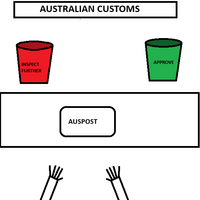



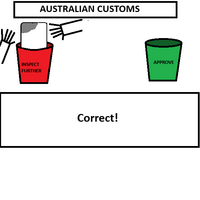
Pitch
How do we protect our borders, while also ensuring training is efficient, economical, and actually has an impact? Generic Border Force Trainer achieves all this and more! Provide up to date, efficient, concise training to your employees, or run through different scenarios to provide total coverage of training.
Description
This application provides border security and customs workplaces an alternative to traditional training procedures. It offers real world interactions that would occur in this workplace in a safer, more controllable environment. This is important as, due to the complexity of some of the tasks these workers may come across, traditional training procedures do not offer the full coverage needed. Furthermore, as border security would examine thousands of packages each day, the sheer volume of different scenarios that a worker may encounter means that traditional training does not apply very well to the real world.
The significance of our application is because of a few important reasons. Firstly, it provides an alternative training approach that has the potential to be more effective and more efficient (M. Murtinger, J. Uhl et al. 2022). In an industry that relies on its staff being prepared for and aware of potential risks and hazards, a program that can walk the employee through each scenario step by step has great potential. Instead of traditional training videos, an employee is forced to interact and problem solve during their training, which means retention of information is increased (Parmar, D, et al. 2023). Furthermore, if an employee is to be working in a specific area, they can be trained for tasks that only they will encounter, instead of a broad, one size fits all training that is traditional. With interactions that are similar to the real world interactions (examining package, placing it in correct area/quarantine), it can show the trainee the correct procedure, without the need for a trainer there, and thus becomes more efficient and economical. Secondly, it allows for training of dangerous and potentially deadly situations without any of the risk. Using XR, training can show accurate depictions of weapons, dangerous chemicals and drugs, deadly diseases and more without any potential for harm. The ability to present different scenarios to a trainee is crucial in this industry, as the possible repercussions from doing this job incorrectly are large and frightening. The last reason that makes this program significant is based on the fact that border security and customs workers face thousands of packages and bags a day, and being able to correctly deal with each scenario as it comes up is important. Instead of having to train during the work, facing new situations that they may not have been ready to deal with, and therefore handle incorrectly, trainees can be presented with each foreseeable situation in training, even train for certain events multiple times, with minute changes each time to ensure they are completely prepared. When people’s lives are on the line, it is vitally important that employees are making the correct decisions, and assessing situations in the right way.
Interface Solution
The decision for what technology to use in this assignment was difficult. AR and VR both have their pros and cons when it comes to this application, and choosing the right technology was an important step for the vision of the project. AR, on one hand, offers training that is as close as possible to the actual job, while still having the ability to change and adapt the application to what is needed. The downfall comes from the fact that AR is limited in what it can and can’t show, at least in a believable way. For instance, AR can not give an accurate representation of prohibited items, like weapons, drugs or chemicals. Furthermore, to get job specific training, the environment needs to be similar to the actual job as well. With AR, this is not really possible for most users, unless it is conducted on the job, thus defeating the purpose of the training, and potentially making it less efficient. In relation to the decision, the ability to have accurate interactions was very attractive, but it did not justify the other drawbacks. VR, on the other hand, could only have simulated interactions, making it less realistic in the long run. But, the other factors, as mentioned above, can be simulated fairly accurately, making VR more immersive than AR. This is very important for our application, as immersion greatly boosts retention of information learned (Parmar, D, et al. 2023). Having the ability to have users interact with items that would only be seen in worst case scenarios is very valuable. Being able to pick up a weapon and examine it is an extremely useful interaction that can not be achieved in AR. In addition, this job may involve certain tools or equipment that is expensive, bulky, or otherwise unfeasible to be used in training. Therefore, VR gives trainees the opportunity to work with the equipment necessary, without worrying about logistics and finances.
In terms of the significance of using any XR technology instead of traditional methods, it is quite easy to see why choosing XR is the right choice. Firstly, as mentioned above, XR gives the ability to simulate environments that are not possible with traditional training, unless it is on the job training, which carries a higher risk. Combine this with the different scenarios that are possible, and XR is an obvious choice. Moreover, XR technologies dramatically increase the bandwidth to the brain (Furness 2001), and provide incredibly human-like interactions, which is of large importance in our project.
Interaction Design
The interactions in this application (for the prototype) are
- the picking up and examining of the object
- The action of placing the object in the choice of bin.
These interactions are needed in the application for a number of reasons, but the most critical is because they are incredibly human-like, and very similar to what the job would entail in real life. The picking up and examining of the object is a simplified version of the actual procedure, while also still being incredibly intuitive. When most people see an object that needs inspecting, they will pick it up. By having the user directly interact with the object, it forces them to pay attention and therefore means they will carry out the examination with more interest. This is needed as it provides accurate training for the trainee, and encourages them to be more attentive, which is crucial in this industry, and important with any training in general. The human-like interactions mean that firstly, the job is being taught correctly, and secondly, the user is immersed in a “computer mediated interaction” (Furness 2001, p. 4). As Furness goes on to say, this becomes a parallel information interface, where information is being transmitted to multiple senses at once. Bridging this gap between human and computer with XR interfaces and parallel information inputs makes for a seamless integration of these technologies into our lives, and advances this integration by leaps and bounds. To use these interactions effectively and in a way that helps XR technology, we must make them natural to an everyday person, not abstracted like traditional computer interactions. Computers only became a household object once they were simple enough for a non-tech savvy person to use, and this principle in turn applies to XR technology.
Initial Technical Development
Progress and Plans for Assignment 5
Unity was used for development of this application, with several packages used. The first package is the OVR plugin which allowed integration with an Oculus Headset. The application can be engaged with via firstly basic movement function implemented by OVR. Then, the main interaction is handling the cardboard boxes. The player can use the grips on the controller to pick up these boxes. If these packages need to be inspected, they can then be placed behind an x-ray machine, which lets them view the contents.

Once the user decides whether the package should be rejected (such as having contraband) or accepted, they can move over to two bins. The user can then place the object in the accept or reject bin, receiving or losing a point for each package inserted.
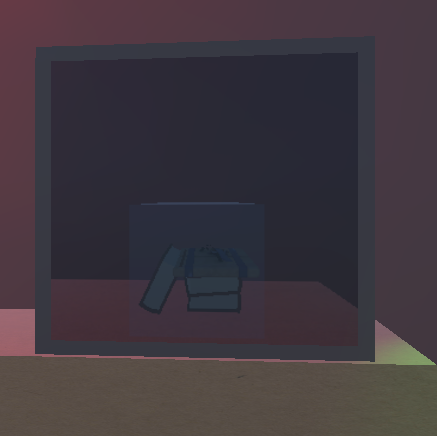
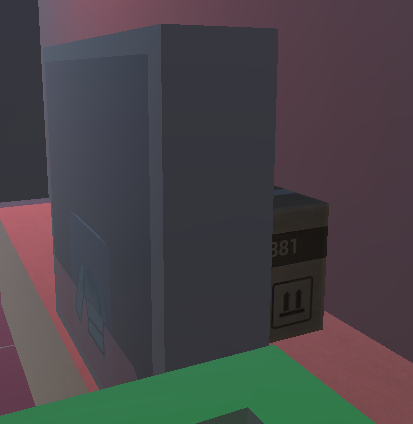
Planned technical development will be gamifying it slightly more, with packages having a way to arrive, as well as different models used. We’d also like to have a system similar to Papers Please in which the contraband list changes daily.
Initial 3D Models
1. Kenney Character Assets
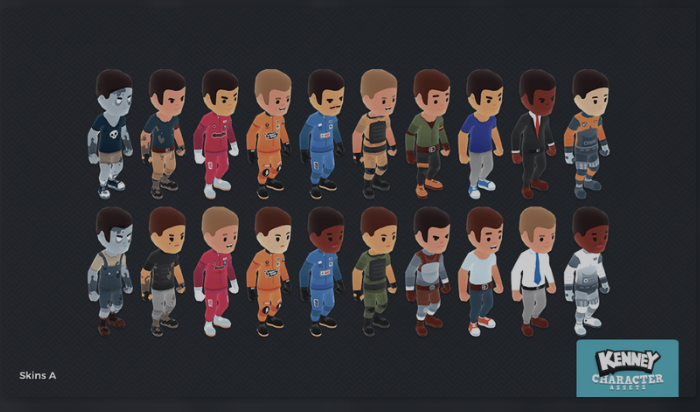
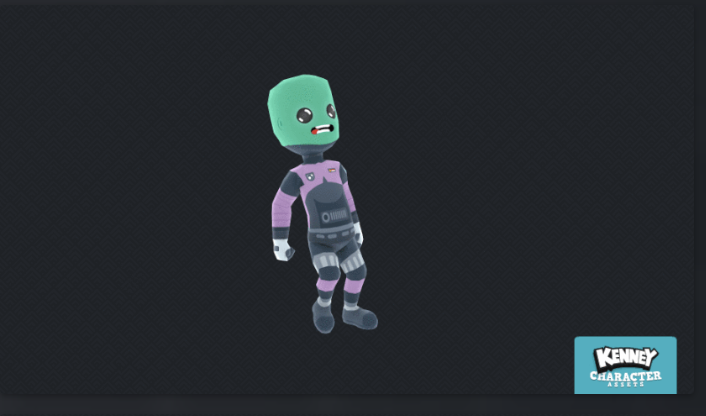
2. 3D Scifi Starter Kit
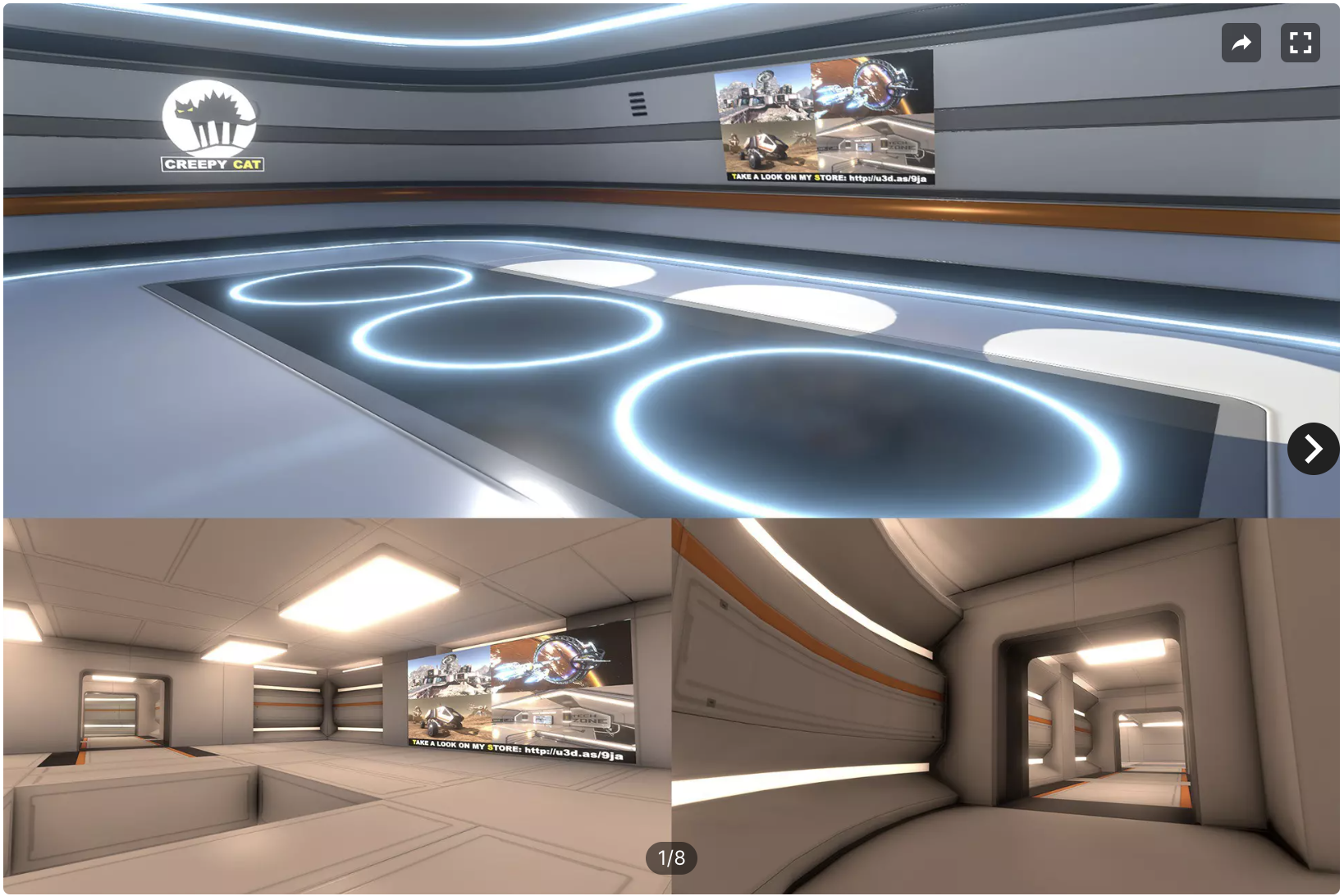
For Other Demo:
Carboard box model (from PolyWorkshop in the Unity Assets Store): A simple cardboard box to represent a parcel.
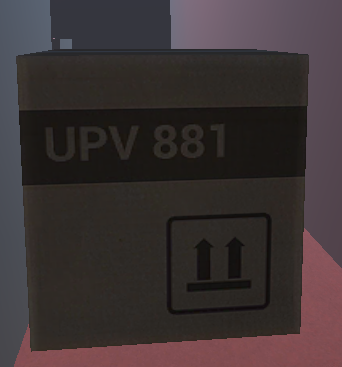
Book model (from Broken Vector in the Unity Assets Store): A simple book model used to fill the space inside the parcel

Bomb model (from Yughues in the Unity Assets Store): A simple bomb model to represent contraband
Bin model (made by us): A temporary rejection/acceptance bin
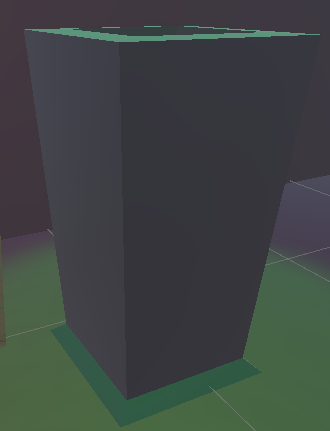
Conclusion
The design of this application is intended to be intuitive, effective and efficient in what it does. It is intended to be a training program that takes inspiration from other VR training, such as the power lines VR program demonstrated in a lecture. While just a prototype, it is an example of what VR can be used for, aside from the obvious uses like gaming and simulations, and is hopefully just one of many training programs that employers will make use of in the coming years, when VR entertains a mainstream audience more.
References:
M. Murtinger, J. Uhl, et al. "Assist the VR Trainer – Real-Time Dashboard and After-Action Review for Police VR Training," 2022 IEEE International Conference on Metrology for Extended Reality, Artificial Intelligence and Neural Engineering (MetroXRAINE), Rome, Italy, 2022, pp. 69-74, doi: 10.1109/MetroXRAINE54828.2022.9967532.
Furness, T.A. (2001) ‘Toward tightly coupled human interfaces’, Frontiers of Human-Centered Computing, Online Communities and Virtual Environments, pp. 80–98. doi:10.1007/978-1-4471-0259-5_7.
BARON, P. & CORBIN, L. 2012. Student engagement: Rhetoric and reality. Higher Education Research and Development, 31, 759-772.
Parmar, D. Lin, L. D Souza, N. Jorg, S. Leonard, AE Daily. SB & Babu, SV 2023, ‘How Immersion and Self-Avatars in VR Affect Learning Programming and Computational Thinking in Middle School Education’, IEEE Transactions on Visualization and Computer Graphics, Visualization and Computer Graphics, IEEE Transactions on, IEEE Trans. Visual. Comput. Graphics, vol. 29, no. 8, pp. 3698–3713.
Kenney character assets by Kenney, Kay Lousberg (no date) itch.io. Available at: https:// kenney.itch.io/kenney-character-assets (Accessed: 08 October 2023).
3D scifi kit starter kit: 3D environments (no date) Unity Asset Store. Available at: Ittps://assetstore.unity.com/ packages/3d/environments/3d-scifi-kit-starter-kit-92152 (Accessed: 08 October 2023).
Yughues Free Bombs (2015), Unity Asset Store. Available at: https://assetstore.unity.com/packages/3d/props/weapons/yughues-free-bombs-13147
Ultimate Low Poly Dungeon (2022), Unity Asset Store. Available at: https://assetstore.unity.com/packages/3d/environments/dungeons/ultimate-low-poly...
Cardboard Boxes Pack (2015), Unity Asset Store. Available at: https://assetstore.unity.com/packages/3d/props/cardboard-boxes-pack-30695
Get KIT208 AT4/5 - Border Force Trainer
KIT208 AT4/5 - Border Force Trainer
| Status | Prototype |
| Author | joshuaa2 |
| Genre | Simulation |
More posts
- Assignment 5 ReportOct 27, 2023
Leave a comment
Log in with itch.io to leave a comment.